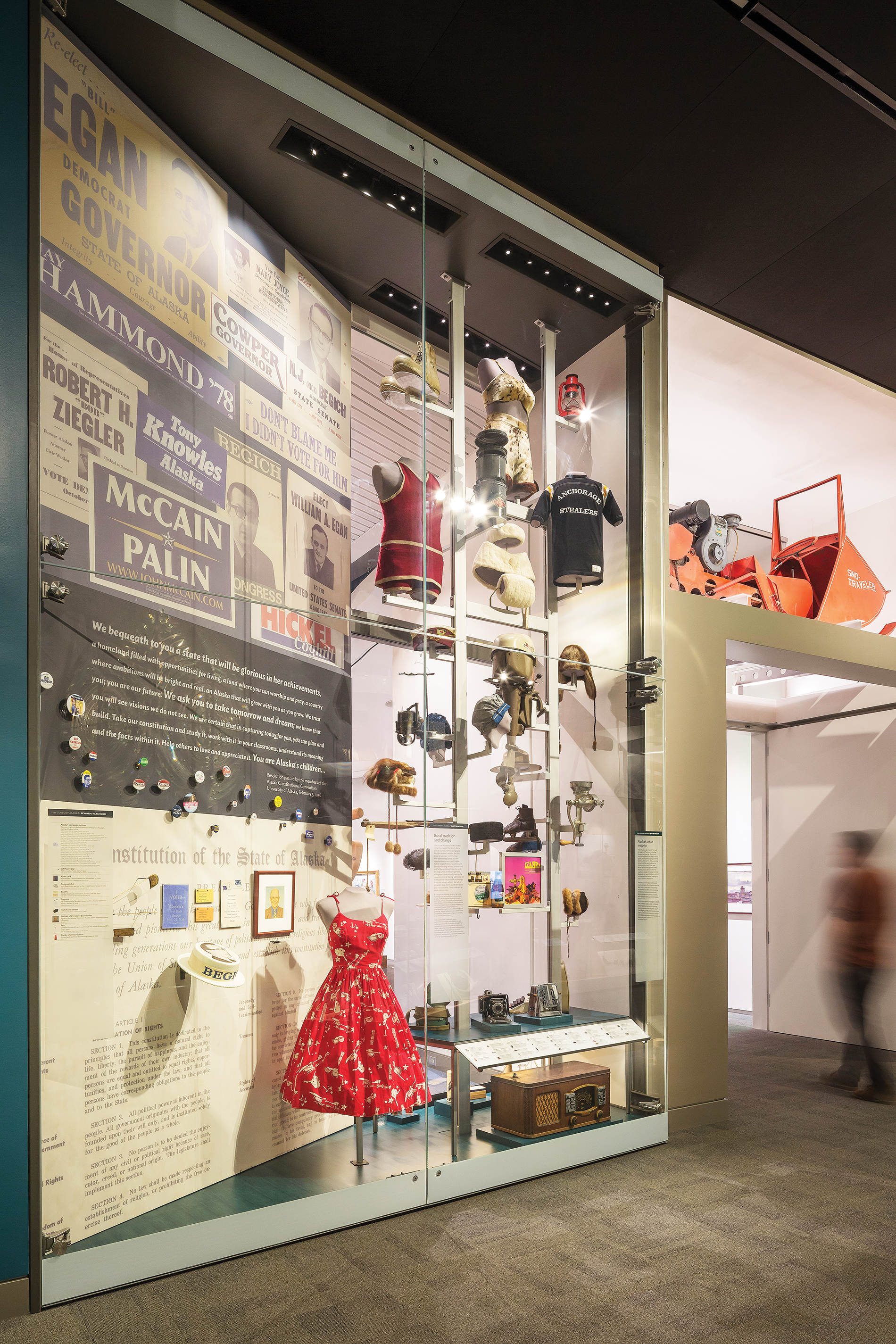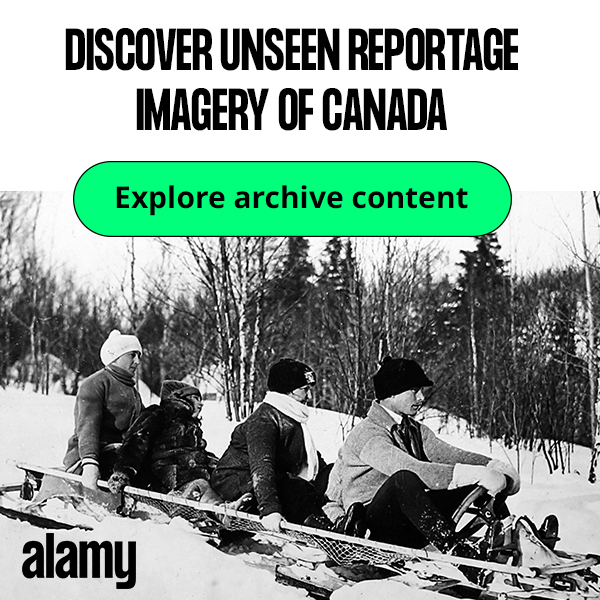Cultural importance of sensitive case design
Located in Utqiaġvik (Barrow), Alaska, one of the northernmost cities in the world, the Iñupiat Heritage Center tells the story of the Iñupiat people. The museum centres on the traditions of the Iñupiat community and on the importance of whaling.
Stephanie Bilodeau
Zone Display Cases is a Canadian owned and operated company, designing and manufacturing all of our products in Canada. With completed projects from the Maritimes to Vancouver Island to the Northwest Territories, our expertise in designing custom display cases that meet the highest standards of conservation, and diverse Canadian weather conditions, make us a key player in the storage and preservation of artefacts being stored in harsh or changing climates.
We also understand the importance of creating safe and durable storage within Indigenous communities and take the time to understand the cultural values attached to Indigenous cultural belongings, as well as supporting the self-determination and longstanding traditions of Indigenous Peoples.

Custom display case designed by Zone Display Cases for Alaska State Libraries, Archives and Museums, in Juneau, Alaska.
The impacts of climate change
Colleen Akpik-Lemen, the director of the Iñupiat Heritage Center, was born and raised in the community of Utqiaġvik, almost 500 kilometres north of the Arctic Circle and the northernmost part of the United States. Like many who live in an Arctic climate, she has witnessed first hand the effects of climate change in her lifetime. Rising ocean levels and melting sea ice are putting at risk Iñupiat cultural and subsistence activities like their twice-yearly bowhead whale hunt.
Colleen was seeking a display case for their heritage centre that would provide their collection with optimal protection. Unfortunately, like many small museums, Iñupiat did not have a budget in line with what they deserved.
We understood the importance of what Colleen needed and didn’t want cost to be a barrier to the Iñupiat community. While we couldn’t prevent the thinning of the sea ice that threatened their whale hunt, we were able to lean into our expertise and donate a high-end tabletop display case worth $25,000 (USD) to the Iñupiat Heritage Center.

Impressive Custom Wall Mounted Display Case, displaying mammoth horns, designed by Zone Display Cases for the Alaska State Library Archives Museum.
The three Ps of case design
Our approach with the Iñupiat Heritage Center was the same as with all our projects. The design and fabrication of a conservation display case is an extremely complex specialty that requires a great understanding of the issues and needs that museum institutions face today.
Beyond the materials with which high-quality display cases are made, their aesthetics, performance and functionality are key. We focus on the following core criteria using state-of-the-art computer-assisted design software in a cutting-edge, 3D environment:
Present. Ideally, an exhibit display case must be invisible to the visitors and blend in with the decor, highlighting the presentation and objects displayed. This also includes an integrated lighting system that will illuminate the object but also create ambiance and contribute to preservation of the object.

Gigantic and unique 20ft. long by 17ft. tall glass display enclosure built and installed by Zone Display Cases for the Alaska State Libraries, Archives & Museums, in Juneau, Alaska.
Preserve. A good exhibition display case will stabilize the relative humidity using active or passive control systems (silica gel) and will thus contribute to all the measures implemented in terms of preservation, prevention and conservation treatments.
Protect. The exhibition display case will protect objects not only against different deterioration agents but also against physical breakage likely to occur in public places with high traffic such as museums, or the risks of theft and vandalism. We are responsible for ensuring that all our display cases meet rigorous conservation standards set out by the Canadian Conservation Institute.

Modular display cases with irregular shapes and angles designed by Zone Display Cases for the Anchorage Museum at Rasmuson Center, in Anchorage, Alaska
Putting artefacts in the spotlight
The goal in Iñupiat was to support Colleen and the community in preserving what was important to them while also making things accessible.
The first objects that were placed in the display case donated to the Iñupiat Heritage Center were from an expedition by Frederick William Beechey, an explorer who documented the area and had given the name Point Barrow to the community now known as Utqiaġvik. His journals and drawings describe his 1825–27 expedition and, being made of paper, are extremely delicate.
This display was thoughtfully designed to protect these small objects while simultaneously presenting them for close-up viewing, but we have worked with big items too. We have also done substantial Indigenous-led work in Juneau, at the National Museum of the American Indian in Washington and at the Prince of Wales Northern Heritage Centre in Yellowknife.
As we move forward contributing our expertise and capacity to communities telling Indigenous-led stories, we hope you will consider us for your projects, Indigenous and otherwise. We are here to help you present, protect and preserve your most sensitive and valuable collections. M
Stephanie Bilodeau is the director of Sales & Marketing at Zone Display Cases. She has more than 10 years of experience in the museum industry and follows every project from the moment it is awarded to the completion date and grand opening.
Zone Display Cases designs museum display cases with high-end technology and innovative engineering for unsurpassed performance. All products are designed and manufactured in Quebec City, Canada.
